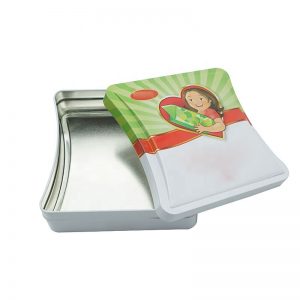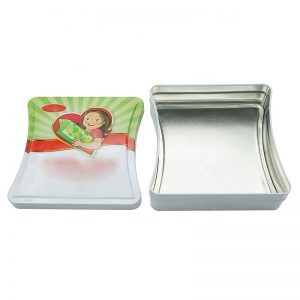Reduction effect of tin
The tin on the inner wall of the tinplate interacts with the oxygen remaining in the container during filling, reducing the chance of food ingredients being oxidized. The reduction effect of tin has a good preservation effect on the flavor and color of light-colored fruits and juices. Therefore, juice cans packed in unpainted iron cans have better nutrition preservation than juice cans packed with other packaging materials, and the browning changes are slight. The flavour quality is better accepted, and the shelf life is thus extended.
Tinplate canned food, except for a few light-colored fruit and juice cans, most of them use internally painted empty cans to improve the corrosion resistance of the container; due to the electrochemical effect of metal, there will be a small amount of painted canned food in storage The iron dissolves and exists in the sealed canned food in the form of divalent iron, which is easily absorbed by the human body, and the content is about 1 to 10 ppm. As far as fruit and vegetable products are concerned, the raw material itself does not contain much iron. For iron can products, based on a 350 ml beverage can with an iron content of 5 ppm, each can provides 1.75 mg of iron, which is about 18 mg of iron per day. One-tenth of that. If the above-mentioned fruit and vegetable juice beverage cans are rich in vitamin C, iron is more easily absorbed. Therefore, iron canned food and beverages can be a good source of iron, which is of far-reaching significance for the nutrition of iron cans.


















